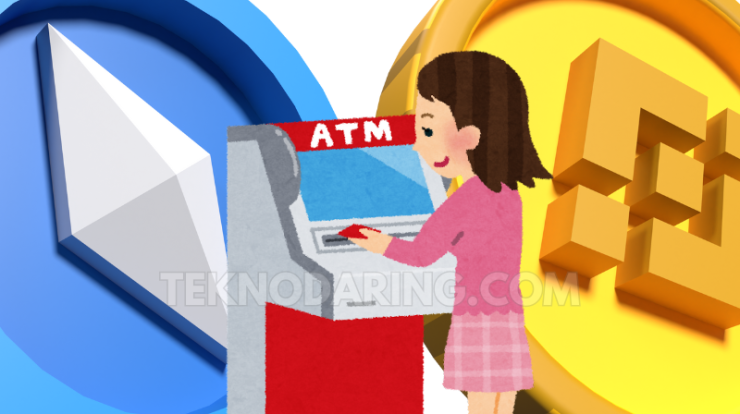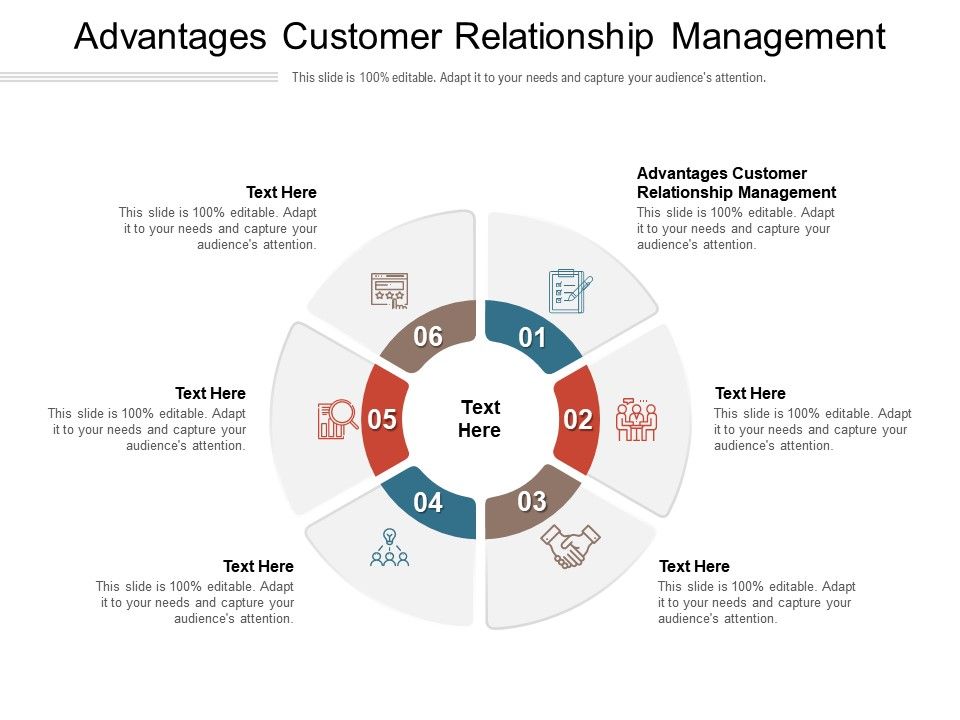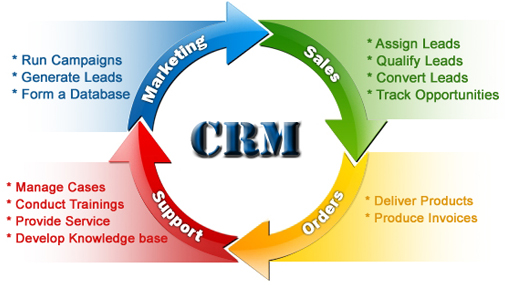
How to Pay with Cryptocurrency – Cryptocurrency is a digital asset designed to facilitate transactions through a decentralized network, eliminating the need for intermediaries like banks or government authorities. If you’re considering using cryptocurrency for payments, it’s essential to understand how it differs from traditional payment methods.
Key Differences When Paying with Cryptocurrency
Lack of Legal Protections
Unlike credit or debit card transactions, cryptocurrency payments generally lack legal protections. Credit card companies, for instance, offer dispute resolution processes to help recover lost funds. However, crypto transactions are typically irreversible. Once the payment is sent, the only way to recover funds is if the recipient voluntarily refunds the amount.
Before making a cryptocurrency payment, verify the seller’s reputation, contact details, and refund policies to avoid potential losses.
Refunds May Not Be in Cryptocurrency
If a refund is offered, it’s crucial to determine whether it will be issued in cryptocurrency, fiat currency (such as USD), or another digital asset. Since cryptocurrency values fluctuate constantly, the refund amount may differ from the original payment. Before making a purchase, clarify the seller’s refund policies to avoid unexpected losses.
Public Ledger Transactions
While cryptocurrency transactions offer a degree of anonymity, they are often recorded on a public blockchain ledger. This ledger may include details such as transaction amounts and wallet addresses—long alphanumeric strings associated with digital wallets. In some cases, these wallet addresses can be traced back to individuals, reducing the anonymity of transactions.
How to Earn $100 a Day Trading Cryptocurrency
Trading cryptocurrency can be a profitable venture if you apply the right strategies. Here are a few proven methods to generate consistent earnings.
1. Day Trading
Day trading involves capitalizing on short-term price movements within the same day. Traders monitor market trends and execute trades at opportune moments to secure profits. This method requires a deep understanding of market indicators, real-time price tracking, and swift decision-making.
2. Scalping
Scalping is a high-frequency trading strategy where traders take advantage of minor price fluctuations. For instance, if Bitcoin’s price is trending upward, a scalper might buy and sell within minutes, making small profits on each trade. When repeated multiple times throughout the day, these incremental gains can add up to substantial earnings.
3. Swing Trading
Swing trading offers a balance between day trading and long-term investing. Traders hold assets for several days or weeks to profit from market cycles and price swings. This method requires a strong grasp of technical analysis, market patterns, and trend forecasting to maximize returns.
Final Thoughts
How to Pay with Cryptocurrency – Cryptocurrency payments and trading offer exciting opportunities, but they also come with risks. Understanding the nuances of digital payments, refund policies, and trading strategies can help you make informed decisions and optimize your financial gains in the crypto space.





